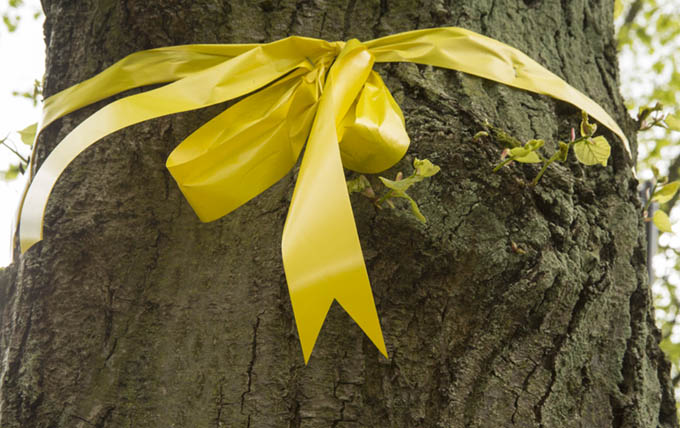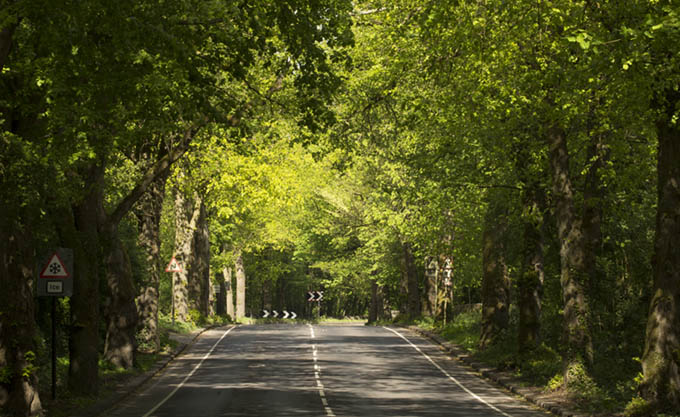Rivelin Valley Trees. One of Britain’s best arboreal treasures.
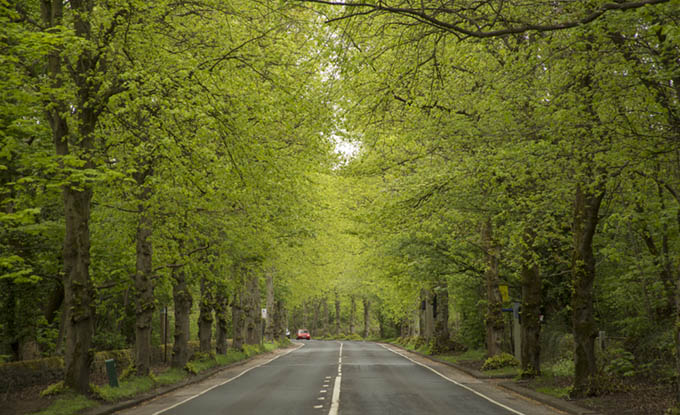
I rarely make conservation pleas on my website or facebook page. However, this time I am going to make an exception because the issue is so important. As many of you know I live in Sheffield, once proclaimed to be the greenest city in Britain and well known for its thousands of trees. Few people out of the city are aware however of the pernicious threat that is now encroaching on many of our roadside trees. Sheffield City Council created a PFI scheme (private finance initiative) that employs a company called Amey to maintain the health of the roadside trees within the city boundaries. It all sounds so plausible, even if you think PFI schemes are dodgy as they are often unaccountable and they take the democracy out of local issues! However, sleepy Sheffield quickly woke up when the company selected for felling some of our best loved trees in the leafy western suburbs. Outraged locals quickly banded into an effective unit and serious opposition to the monstrous plans were afoot. Amey, however, had an idea to circumvent any local schemes to halt the rapacious chainsaws. Arriving in the very early hours in the morning with the police, they woke up the sleepy locals and got them to move their cars so the buzzing saws could eat healthy wood and do their worst. And they did!
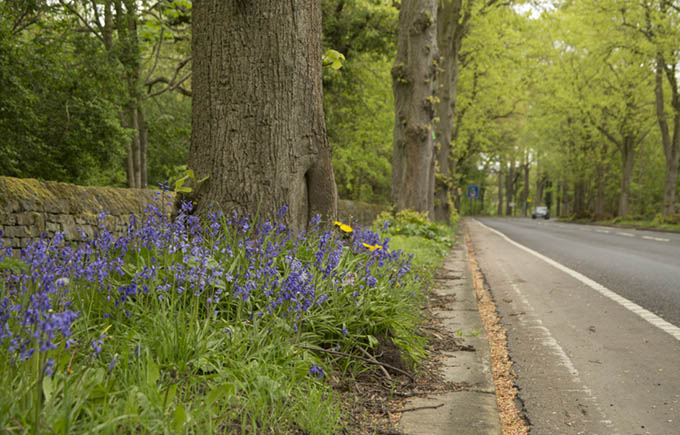
Amey have now moved their attack to a new front and this one is even more important - the incredibly beautiful 3.5 mile, lime tree lined, Rivelin Valley road. This verdant, living treasure of Sheffield is the second longest continuous lime lined avenue in Britain. It is not only a local jewel, it is truly one of the biggest leafy diamonds in our country’s crown. Amey has decided that 31 trees out of the 700 planted over 100 years ago need to be felled. They are not dead and they don’t show any visible signs of serious decay, so what reason of enormous import can they be using? Well, staggeringly, it is because they are making a few curb stones rise a bit! No-one locally can really believe it. Another reason is that the roots may be damaged when the road is resurfaced. It sounds so spurious. Hasn’t the road been resurfaced a number of times over the last 100 years? And even if there is a danger to the roots why can’t sensitive work make sure this does not happen? The curb stones are so easy to fix, just use thinner ones, or even cut gaps to allow for the roots. If parked cars are an issue, add a splash of the double yellows.
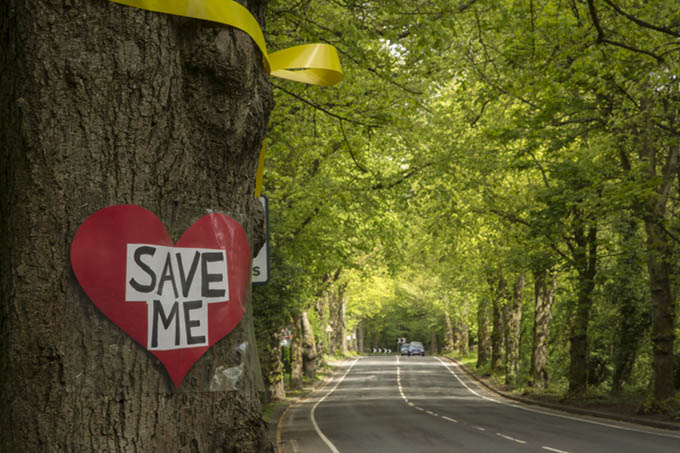
What it all really boils down to is filthy lucre. It must be done on the cheap. If we can save a quid, no matter what the cost, all the better. The value of the trees is huge - not the simple monetary value of the wood but to the many who derive such pleasure either in a car or on foot from this staggeringly gorgeous road. As with so many of our modern cost-benefit analysis efforts, only measurable costs are included. Benefits like pleasure, wildlife, aesthetics and well-being are difficult to calculate, so they aren’t! The calculation is loaded, massively biased and does not reflect ‘real’ costs and benefits, just those that the Council and Amey want to include. It’s a huge, rigged forgone conclusion. At least that is what they hope!
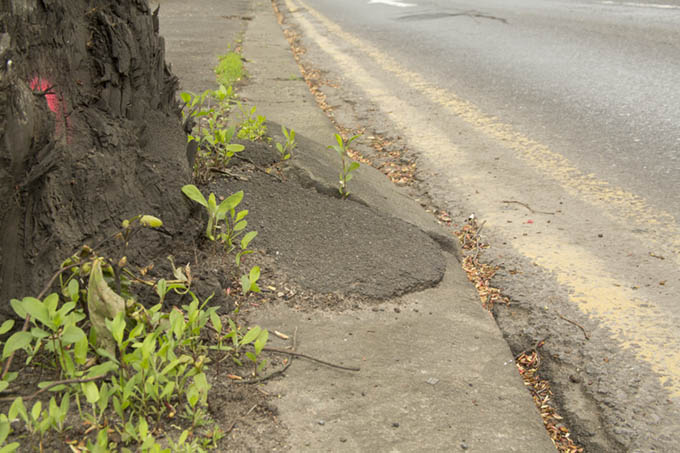
The problem isn’t just that 31 trees are scheduled to be felled its also because, in some cases, 3 or 4 destined for the chop are in a row so huge gaps would be created. Why should we care? It’s not like tigers in India which can raise millions of pounds and millions of voices. However, this is just as important and, in some way, far more so because it is the world we live and work in. I must drive down this road over a hundred times a year. It is probably one of the best drives in the country, through a three mile arch of leafy beauty that not only changes with the seasons but also welcomes me and thousands of others back home every time we leave Steel City. What a fantastic first impression it makes on the thousands who visit the city for the first time from the west. Not only is the aesthetic spectacle incredible but it also has an amazing natural history value as well. Lime trees are no longer common. Millions of insects depend on these trees, and with them thousands of birds and bats, the latter of which can be seen hawking in the twilight in summer. The trees filter pollution out of the air, reduce traffic noise, cool the local environment and provide us with oxygen.
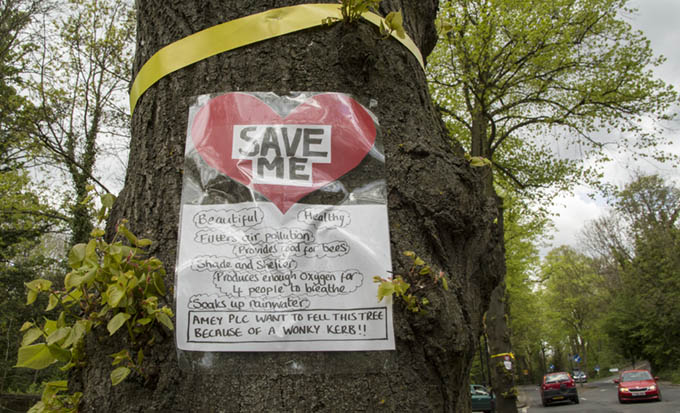
So what can we do? Well, at the moment an online petition is trying to raise 5000 signatures. If this number can be reached (and it’s within grasp standing at 4564 as I write this) then the group, Save Rivelin Valley Trees, gets to go and make two 3 minute presentations to Sheffield Council. The more pressure, the better the chances.
So all I ask is that you follow this link and add your signature. It only takes a few minutes and it could make all the difference!
